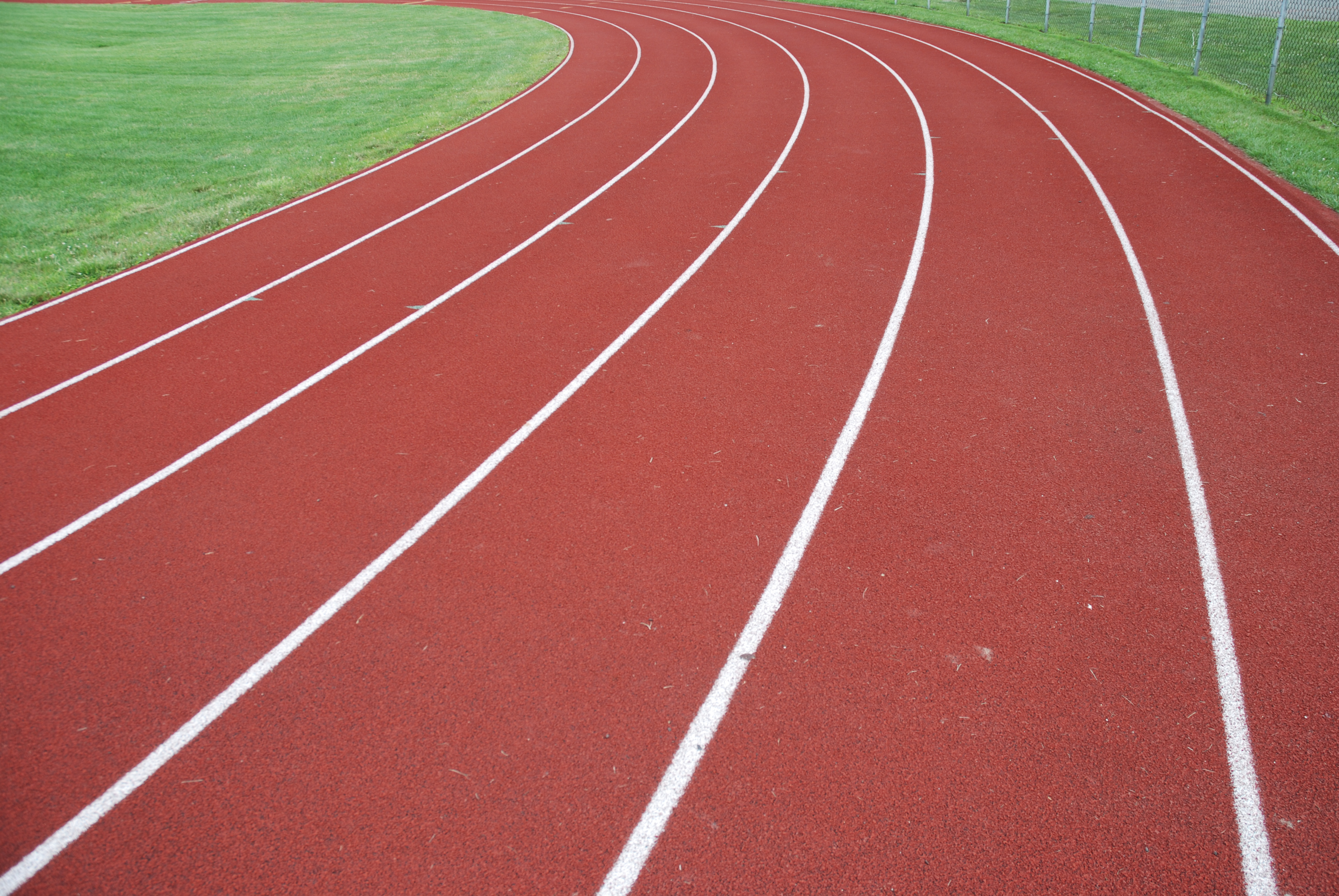Minimalist shoes: Understanding the debate
It’s important to wear the right footwear, whether you’re running, walking or going to work.
Dr. Theodore Shybut, a sports medicine specialist and assistant professor of orthopedic surgery at Baylor College of Medicine, explains the debate behind minimalist shoes, a current hot topic in sports medicine.

What are minimalist shoes?
Currently, the most common questions I get about shoes are from runners regarding so-called “minimalist” shoes that purport to promote or replicate barefoot running biomechanics in those who wear them.
I think that the theory behind minimalist shoes is compelling. To summarize, our ancestors ran for many years without shoes and so our anatomy is adapted to an unshod form of running; wearing running shoes may artificially alter our running mechanics. Therefore, in theory, a minimalist shoe that promotes barefoot-style running may help minimize injury risk and facilitate efficient, faster running.
What is the debate behind wearing this kind of footwear?
A major issue is that many of us grow up in shoes and so may not have developed appropriate power, flexibility, and endurance in some of the muscles that work harder in barefoot-style running, so the transition should be gradual.
There are probably many people who are better off running intelligently in their usual shoes than trying to conform to a barefoot style, because switching too quickly can also result in injury.
I think that listening to your body and training intelligently are probably more important in preventing injury than the exact shoe you wear. There is not good scientific evidence to suggest that any specific type of shoe minimizes injury risk.
There is, however, some research that suggests that barefoot running, and, by extrapolation, running in a truly minimalist shoe that actually replicates barefoot biomechanics, diminishes the impact force experienced at foot strike.
Overall, this is a hot topic in running and sports medicine circles, but I think the key is training intelligently. Cross train, strength train, adjust your workouts if you have pain, and don’t try to run through an injury—you’ll likely cause further damage and need more time off.
If you decided to try running in minimalist shoes, what would be the best way to make this transition?
A good way to prepare your foot for increasing the volume of impact training, particularly if you are recovering from injury or have not done much before, is a low-impact strengthening program, with a focus on eccentric strengthening.
I think if you want to transition to minimalist shoes, it would be best to incorporate them into your regular running schedule gradually. Start with short runs, alternate with your usual shoes, and do low-impact foot and leg strengthening–wobble board, single-leg work, and eccentric exercises. Good luck!
Read more about choosing the right shoes for workouts.
-By Jordan Magaziner



